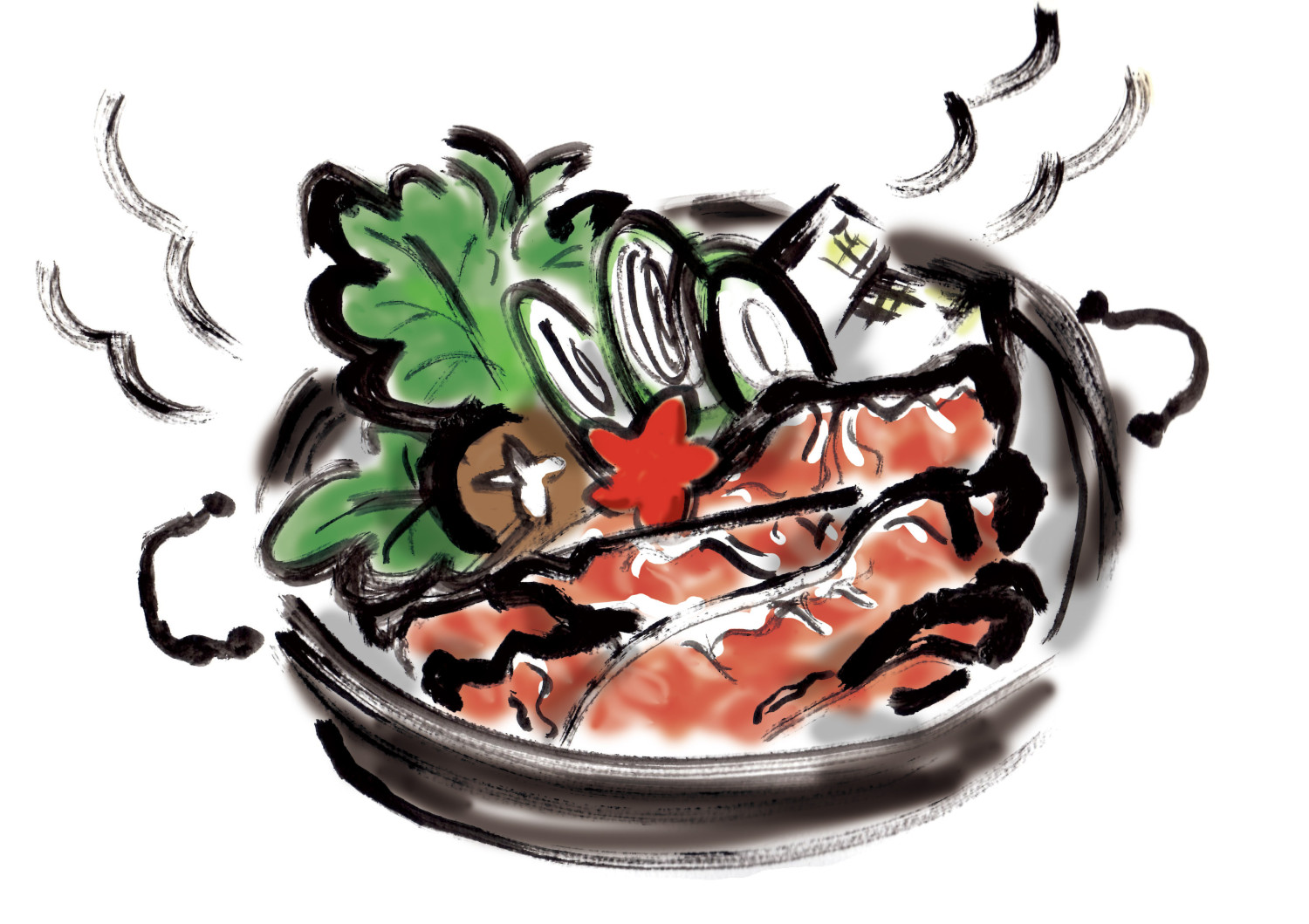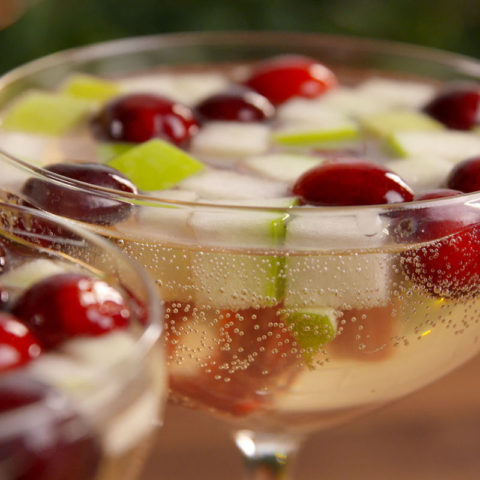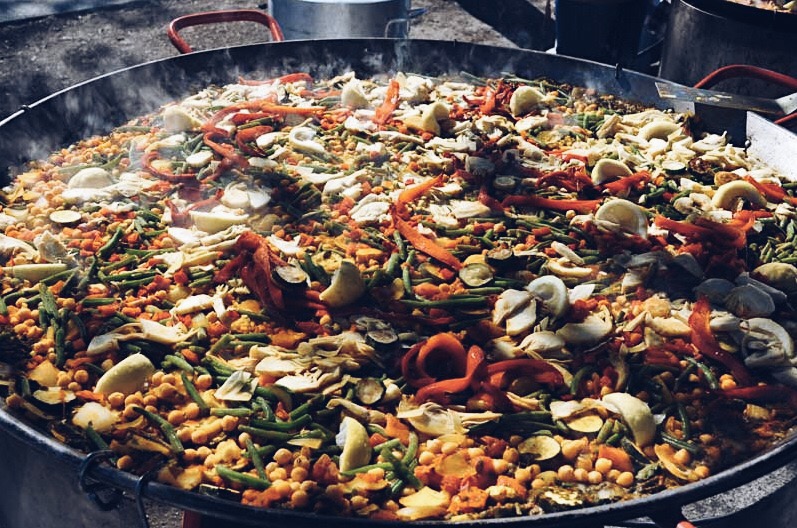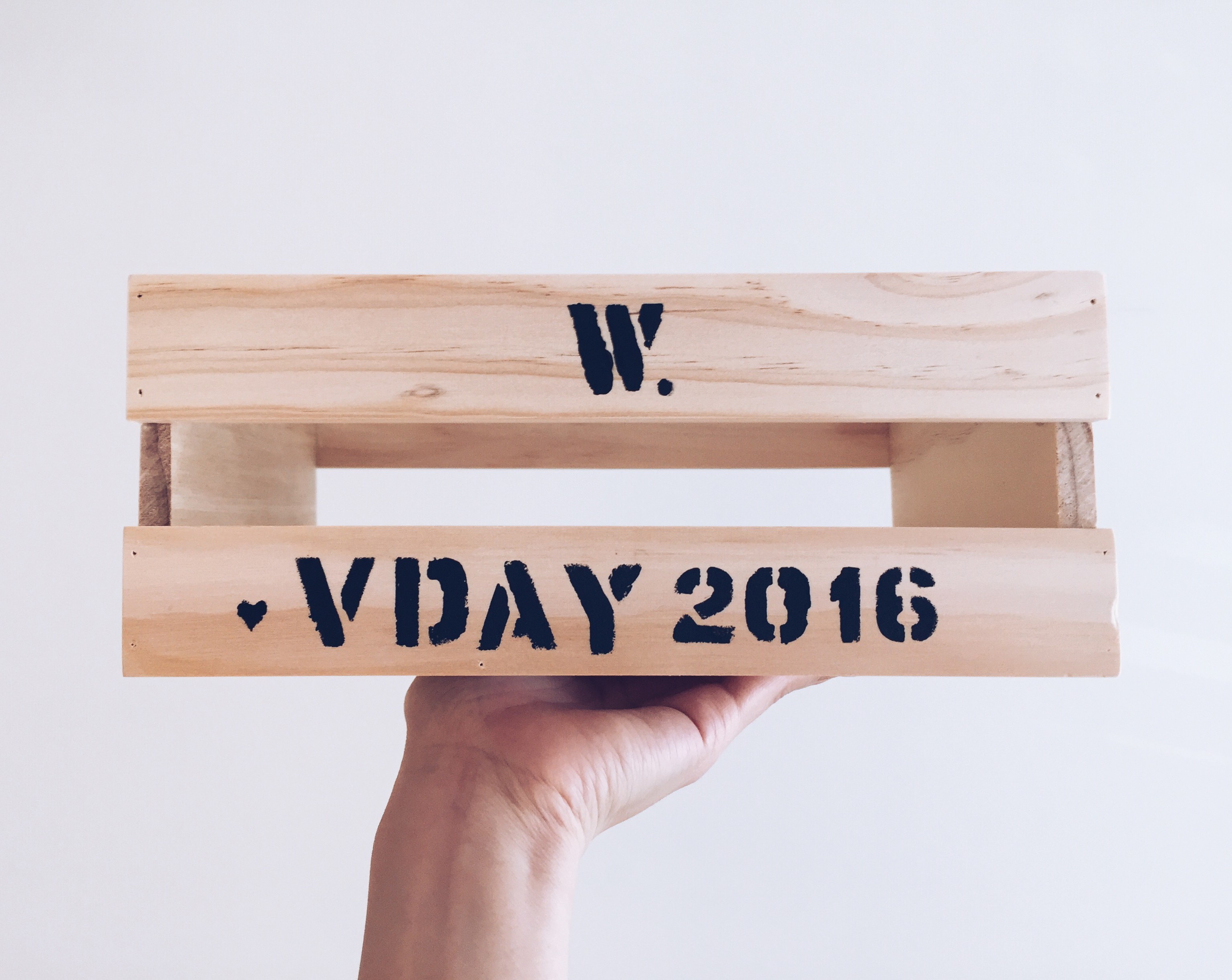
One thing I’m always doing with my boyfriend is making wagers on Flames and Oilers games. By the way, a general rule for knowing if your team sucks is if you’ve gradually been changing your stance from your team winning to losing (and it totally has nothing to do with McDavid being out. Okay, well, maybe a little. But the Oilers still suck).
Anyways, most of my winning bets usually revolve around some form of food. This time, he surprised me with a hot pot adventure—a dish I haven’t had in a long time. My family used to have hot pot nights at home, or in Richmond whenever we visited Vancouver, but the last time I remember doing either of those was at least five years ago. However, I’ve never had hot pot where you get your own personal bowl.
This is how it works: First, you order the hot pot base, or the broth, you want. There’s everything from Korean Kimchi to Thailand Tom Yum. Next, you select your choice of meat (or 2 for the large size), and a side (such as steamed rice or vermicelli). We both ordered a large Japanese Sukiyaki broth pot with beef and lamb, and bae got udon while I went for my usual go-to—ramen. The Langzhou ramen is a special kind of noodle that is freshly hand-pulled and sliced.
While waiting for our order, bae showed me the self-serve sauce bar. You grab a dish and mix together a variety of fresh ingredients and savoury dressings to make your very own dipping sauce for the hot pot items. My recipe included freshly-minced garlic, X.O. satay, sesame oil, green onions, cilantro, sriracha, hoisin, and sesame oil.
We sat back down, and our waitress brought over two large bowls with carefully arranged shellfish and exotic-looking veggies, as well as two stoneware pots filled with a pat of butter and sliced onions. She set each stone pot down into the small stoves that indented into the surface of our table, and began mixing the quickly melting butter and sizzling onions using a small pair of tongs. She then poured a large tumbler of dark brown broth into each pot, and brought it to a boil.
Now, we were ready to eat! The large bowls they brought us with the various ingredients included: Napa cabbage, regular cabbage, taro, daikon, Chinese pumpkin, cocktail sausage, Spam, shrimp, mussel, and shirataki (chewy yam noodles). Bit by bit, you add the various meats, seafood, and vegetables into the bubbling bowl. It can feel a little hectic, because you want to make sure you don’t overcook anything (watch the thinly-sliced meats like a hawk). You also don’t want to make sure you don’t leave anything in the bowl too long, such as the noodles, as they’ll get soggy.
I would also recommend turning down the heat—our server left ours around 7 to get the broth boiling. I turned the dial down to 3 or 4 during our meal, and even down to 2 in between cooking food and while eating. This will ensure that you don’t boil away all your broth. They also bring you a carafe of water that you can add to your broth throughout the meal, to maintain a good level of liquid for cooking food in the bowl. I managed to eat quite a bit, but surrendered before I finished the last few items in the bowl. And, for about 20 bucks per person, I was definitely satisfied! We got there around 6pm, and the place filled up pretty quickly after that, so you may also want to make sure you don’t go too late. Also, be sure to try the iced tea at the self-serve counter. It’s not the traditional Western version of iced tea, but a lighter, more refreshing sweetened Chinese tea.
The restaurant we went to is called Centre Street Japanese Hotpot (2243-2213 Centre St NW, 403-455-3188, centrestreetjapanese.com). Check out the rest of their non-hot pot menu, and the customer reviews on Zomato. The reviews aren’t stellar, but I found the minimalist service several people complained about rather preferable—all we really needed was our server to get the pots started, and then the rest of it was really up to us.
(Then again, I’m used to “Chinese restaurant culture,” which is eating in overcrowded spaces coupled with brusque service. Tangent time: I think the average North American diner expects a level of service that’s more akin to being pandered to. But, in Hong Kong, that’s how they’re able to get your food out at such brisk rates! Plus, if you do need anything, all you really need to do is gesture wildly with your arms or yell at them, and they yell back at you. Then they’ll toss the requested drink/condiment/napkin on your table the next time they whisk by with another table’s entire orders balanced precariously on their arms. It’s great. It’s efficiency, at the cost of social niceties.)



